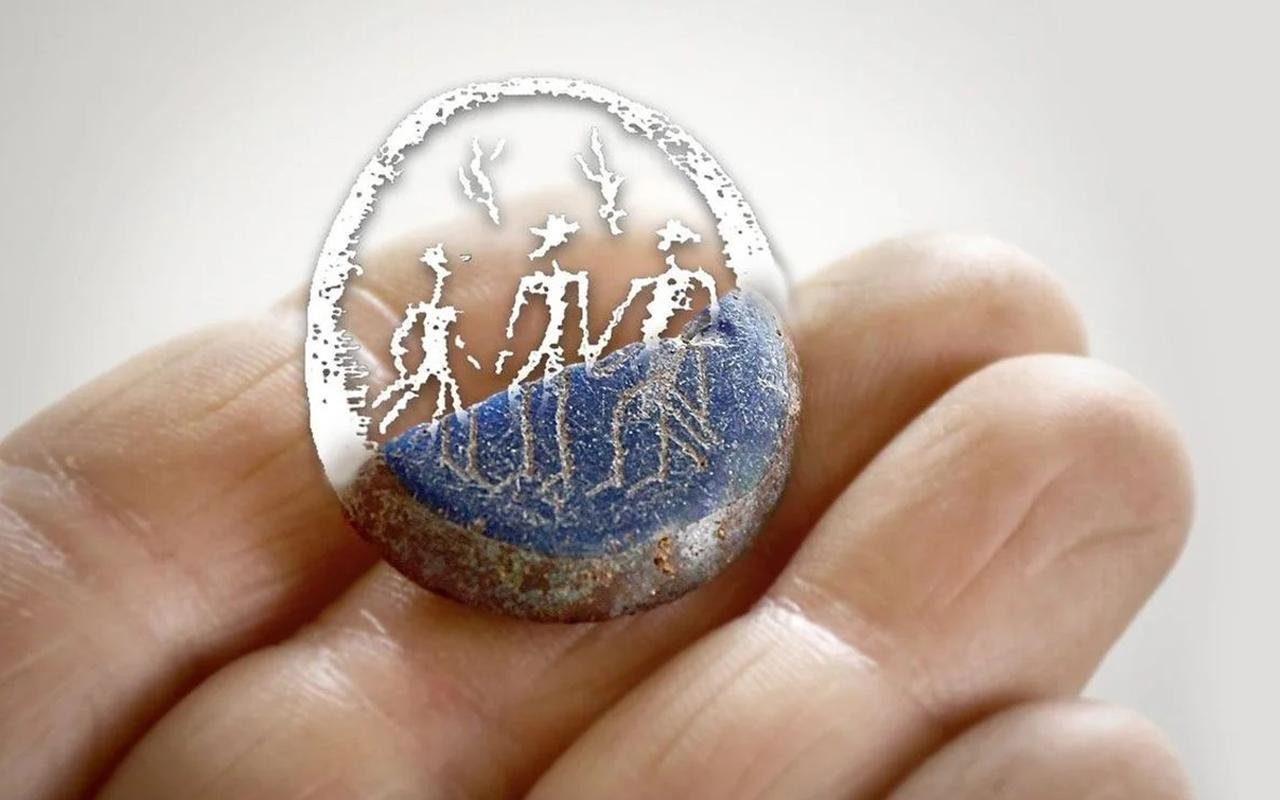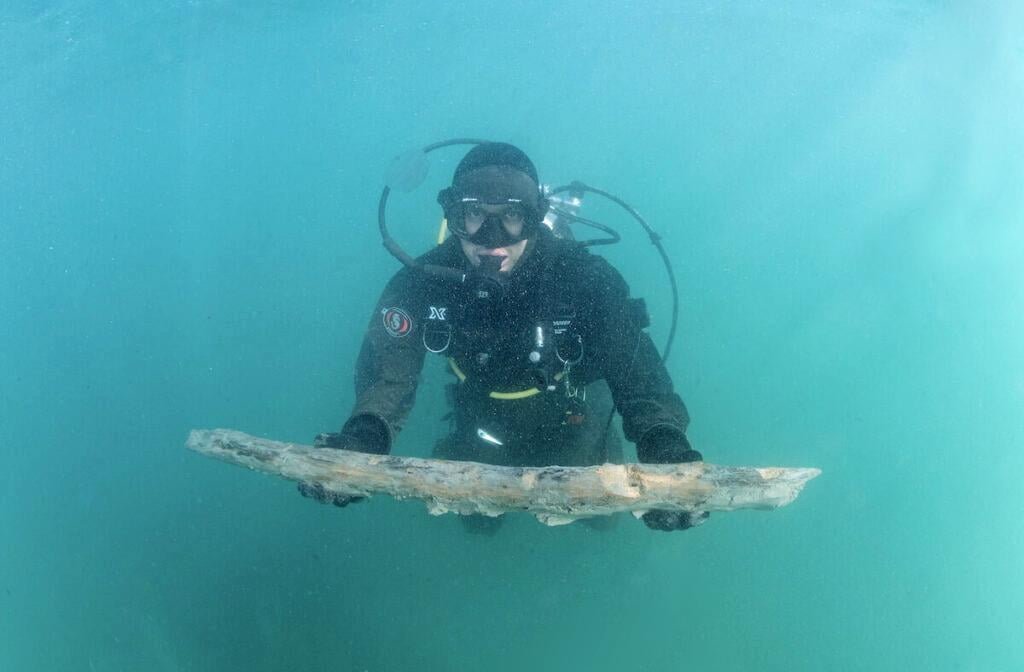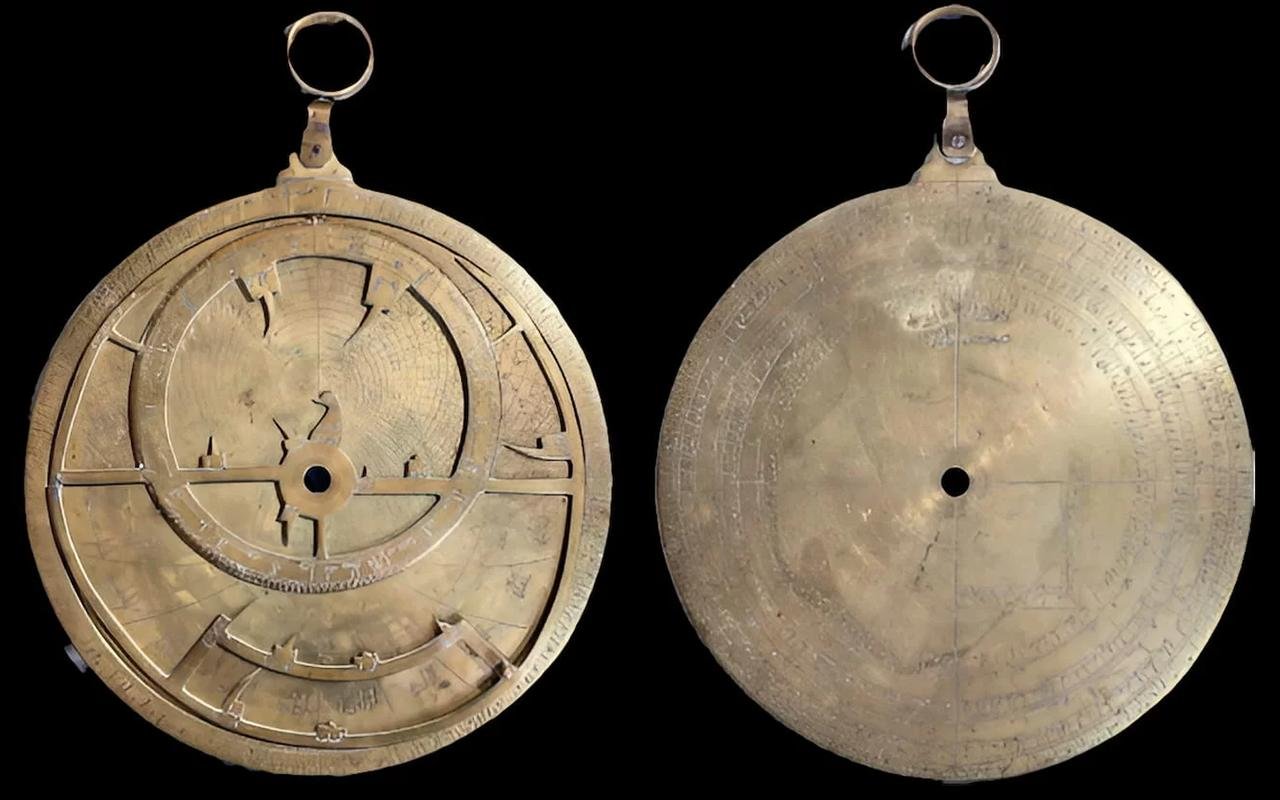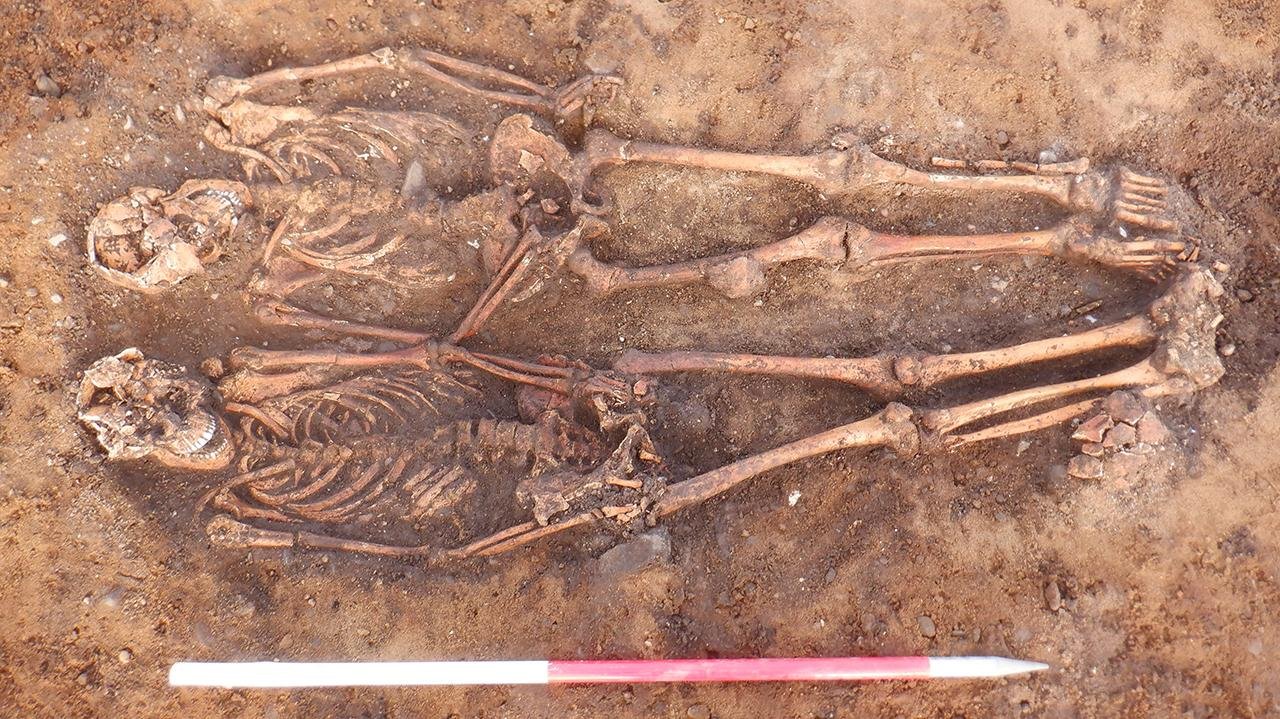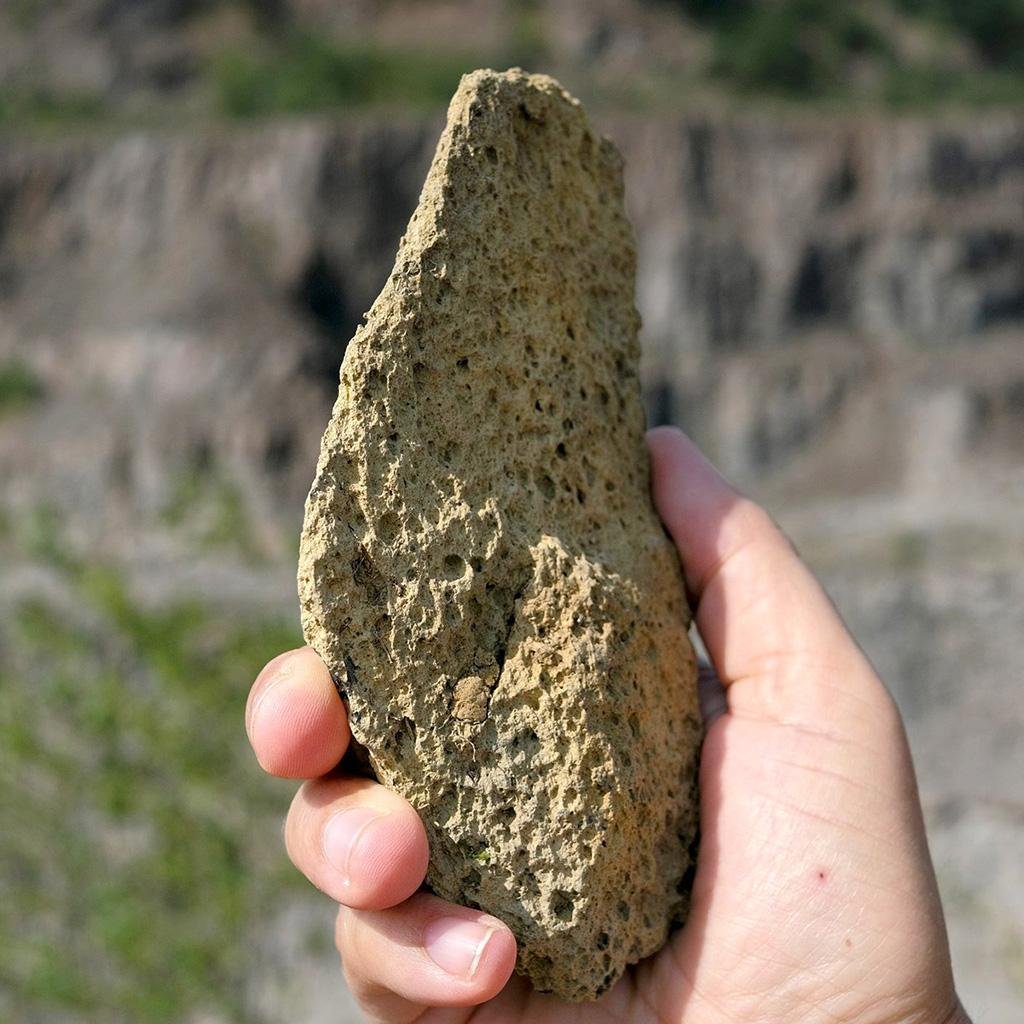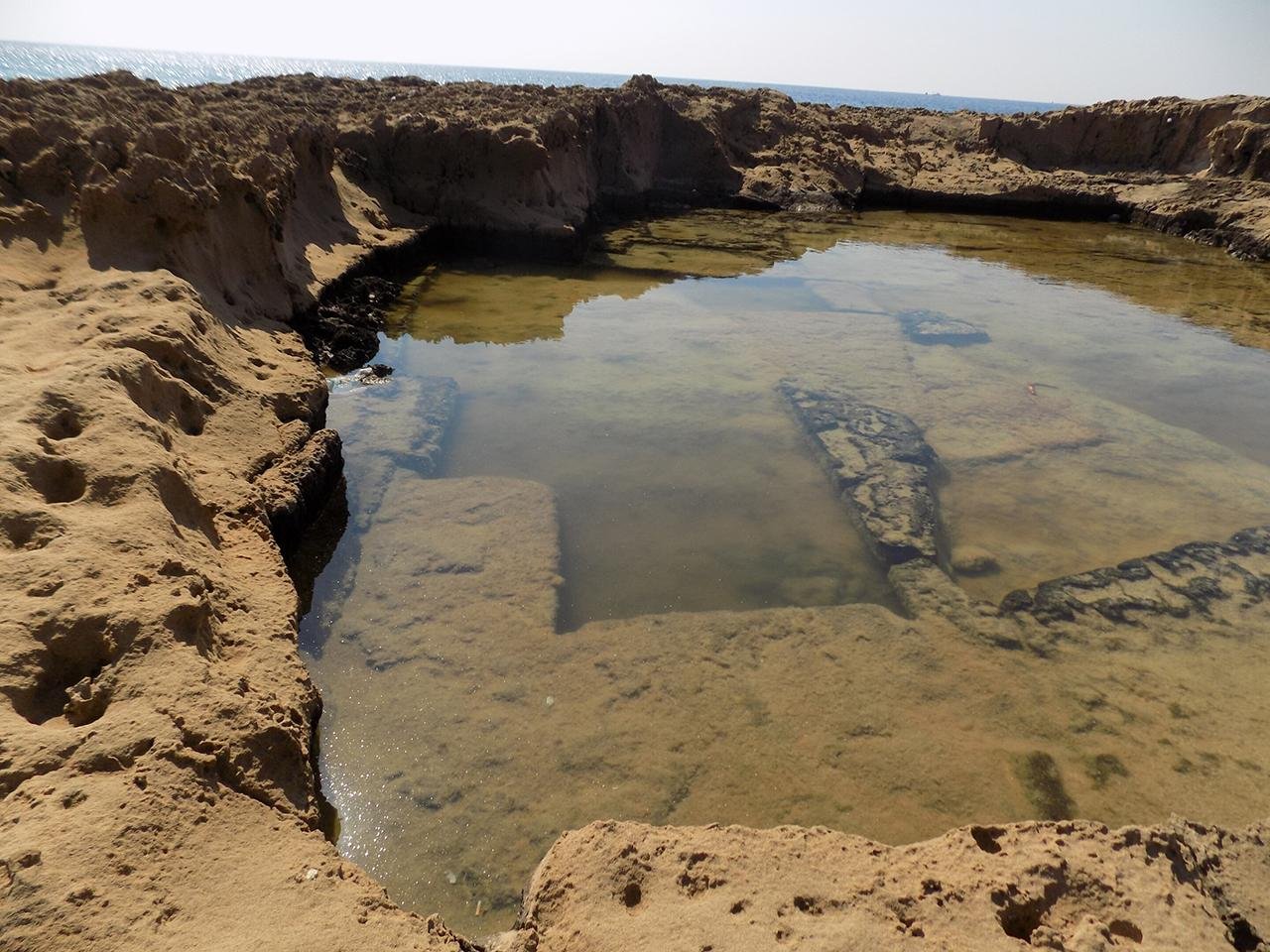A team of archaeologists from the Greek Ministry of Culture, Piraeus and Islands Antiquities Inspection, and the Swiss Archaeological School in Greece have unveiled significant findings atop Mount Ellanio, the tallest peak on the Greek island of Aegina. The mountain, overlooking the Saronic Gulf, holds the Temple of Zeus Hellanios, a site of historical and religious significance.
The excavations, conducted near the Temple of Zeus Hellanios, which now hosts a 13th-century Byzantine church, have revealed remnants of a Mycenaean building measuring 4.5 by 3 meters. Inside this structure, archaeologists discovered over thirty ceramic vessels. The vessels, including cooking pots, storage containers, and drinking vessels, are believed to date back to the decline of the Mycenaean palatial system, aligning with the period of destruction between 1200 and 1050 BCE.
These findings offer clues about the turbulent period marked by the decline of the Mycenaean civilization, potentially caused by natural disasters or conflicts.
The presence of defensive walls and dwellings at the summit suggests that the area served as a refuge during times of danger. Previous excavations in the early 20th century revealed remnants of human activity spanning almost four millennia, indicating the long-standing significance of the site.
The worship of Zeus on Mount Ellanio dates back to ancient times, as documented by historical sources like Pausanias. The discovery of sacrificial remains and Corinthian ceramic tiles further corroborates the existence of an ancient sanctuary on the summit.
The research, part of a five-year program, aims to continue exploring Mount Ellanio for further insights into its archaeological significance. Efforts are underway to highlight, stabilize, and restore monuments on the island, including the sanctuary of Apollo at the maritime entrance and the Archaeological Museum of Kolona. Additionally, plans are in motion to enhance the visitable archaeological site of the Sanctuary of Aphaia.
Surface surveys conducted around Mount Ellanio have unveiled traces of human occupation from prehistoric times to the mid-20th century. These include fortifications, ancient towers, quarries, rock inscriptions, and abandoned settlements, painting a comprehensive picture of the region’s history and evolution. With the discovery of the Mycenaean building and ceramics, Mount Ellanio emerges as a key archaeological site.
